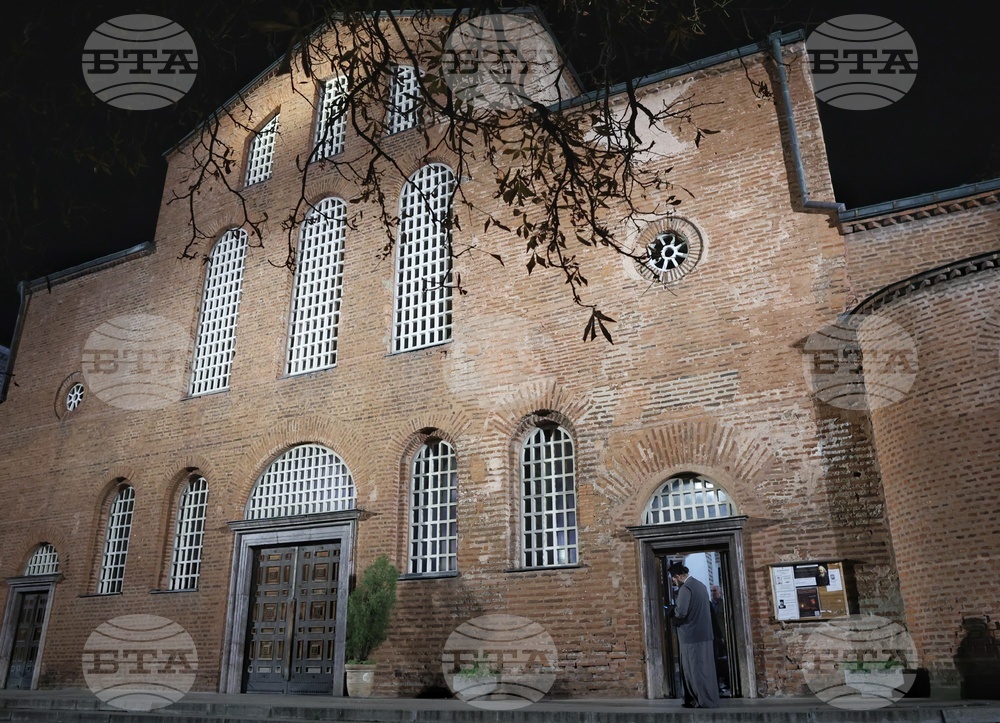site.btaA.D. 311: Serdica Edict of Toleration


The Edict of Serdica, also called the Edict of Toleration, was issued by Roman Emperor Galerius in Serdica (now Sofia, Bulgaria) on April 30, 311. The text of the edict (in Latin, Bulgarian and Greek) can be seen now in front of the St. Sophia Church in Bulgarian capital, for it marks one of the turning points toward religious tolerance in the ancient world. The edict, issued in Serdica and published in Nicomedia, officially ended Diocletianic persecution of Christianity in the Roman Empire.
The edict implicitly granted Christianity the status of religio licita, implying a tacit acceptance of a state religion by the authorities in the Roman Empire. It was the first act of its kind legalizing Christianity, preceding the famous Edict of Milan by two years.
***
“Among the important cares which have occupied our mind pees for the utility and preservation of the empire, it was our intention an edict of to correct and reestablish all things according to the ancient laws and public discipline of the Romans. We were particularly desirous of reclaiming, into the way of reason and nature, the deluded Christians, who had renounced the religion and ceremonies instituted by their fathers, and, presumptuously despising the practice of antiquity, had invented extravagant laws and opinions, according to the dictates of their fancy, and had collected a various society from the different provinces of our empire. The edicts which we have published to enforce the worship of the gods, having exposed many of the Christians to danger and distress, many having suffered death, and many more, who still persist in their impious folly, being left destitute of any public exercise of religion, we are disposed to extend to those unhappy men the effects of our wonted clemency. We permit them, therefore, freely to profess their private opinions, and to assemble in their conventicles without fear or molestation, provided always that they preserve a due respect to the established laws and government. By another rescript we shall signify our intentions to the judges and magistrates; and we hope that our indulgence will engage the Christians to offer up their prayers to the Deity whom they adore, for our safety and prosperity, for their own, and for that of the republic.”
”
For a contemporary reader the text might seem full of prejudices against Christians. It is, indeed. The general attitude to them is an attitude to people “who had left the religion of their fathers” and “should come back to reason”. Cavalier attitude is easily felt, as Christianity is described as “caprice” and “folly”.
But it should be noted that the edict put an end to practices that were both cruel and legal: persecutory edicts prescribed destroying churches and burning Christian Holy Scriptures (Emperor Diocletian’s edict of 303) Therefore, the new document was in fact a major shift to freedom of worship. For the 4th century, it was equal to a miracle. The edict mentions future orders to be followed soon: “By another rescript we shall signify our intentions to the judges and magistrates.” What followed was described by Gibbon in his classic ‘essay’, as he dubbed it then, “The History of the Decline and Fall of the Roman Empire”: “In consequence of these orders, great numbers of Christians were released from prison or delivered from the mines. The confessors, singing hymns of triumph, returned to their own countries…” (1).
It is difficult for us now to imagine the life, customs, beliefs and restrictions of the Roman Empire of that time, or the complicated political situation. For the first, and indeed for the last time, seven emperors administered the Roman world: Galerius (Eastern), Maximinus II (Eastern), Licinius (Central), Constantine I (Western), Maximian (Western), Maxentius (Italy), and Domitius Alexander (Africa). Given the variety of spiritual trends among the various groups of people, tribes and classes, it is difficult to reconstruct the context of the Serdica Edict. To quote the thracology scholar Prof. Valeria Fol, “It was a time of great religious diversity and dynamism across Europe, and especially in Southeast Europe. There was myriad of gods and deities in what is now Bulgaria, including the Thracian ones.”
Against such a background, many issues related to the Serdica edict still remain unclear. Experts continue to debate even on the motives behind the move (many clerics claim Galerius’ deteriorating was the main reason for the edict which was issued just before his death).
However, scholars have reached a consensus on the general outcome long ago: the edict marked the end of persecution of Christianity, which was officially legalized two years later by Constantine and Licinius in the Edict of Milan. As to the non-experts, reading the text of the plate in front of St. Sophia Church, they are often surprised at the formulations in the Serdica Edict that sound understandable and relevant even in the 21st century. A step into the future, made seventeen centuries ago.
(1) Gibbon, E. The History of the Decline and Fall of the Roman Empire. 1909. Internet Archive. Vol. 2, p 142; https://archive.org/details/historyofdecline0002edwa_r5r3/page/142/mode/2up
/BR/
news.modal.header
news.modal.text